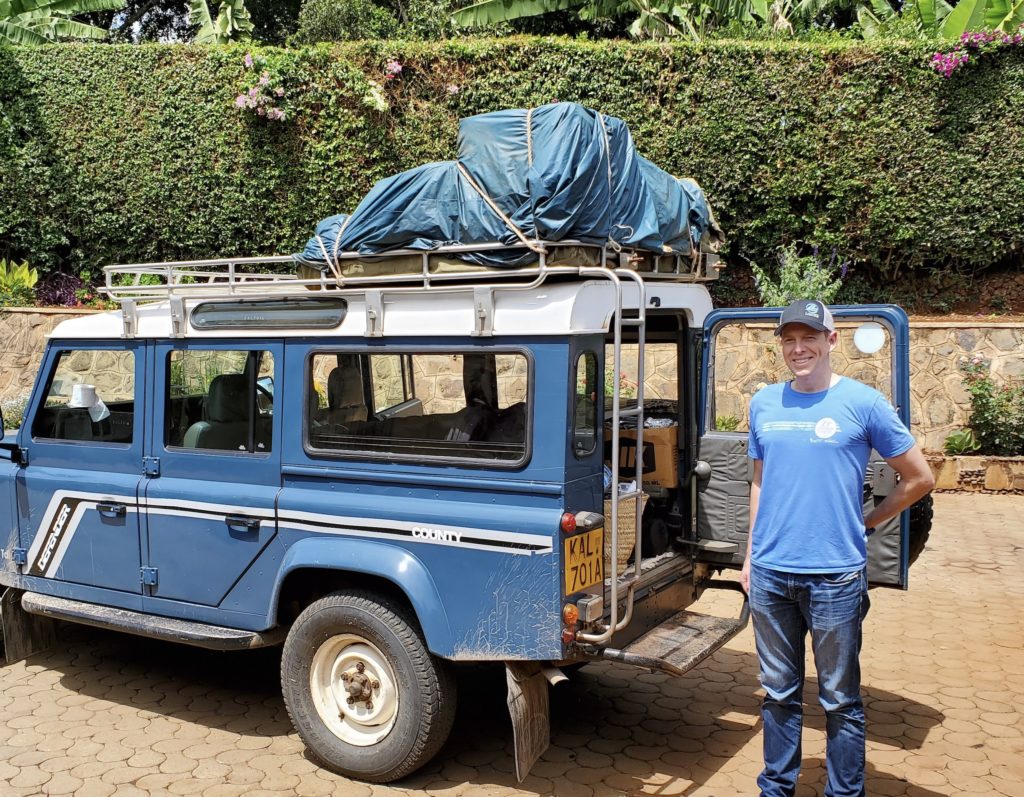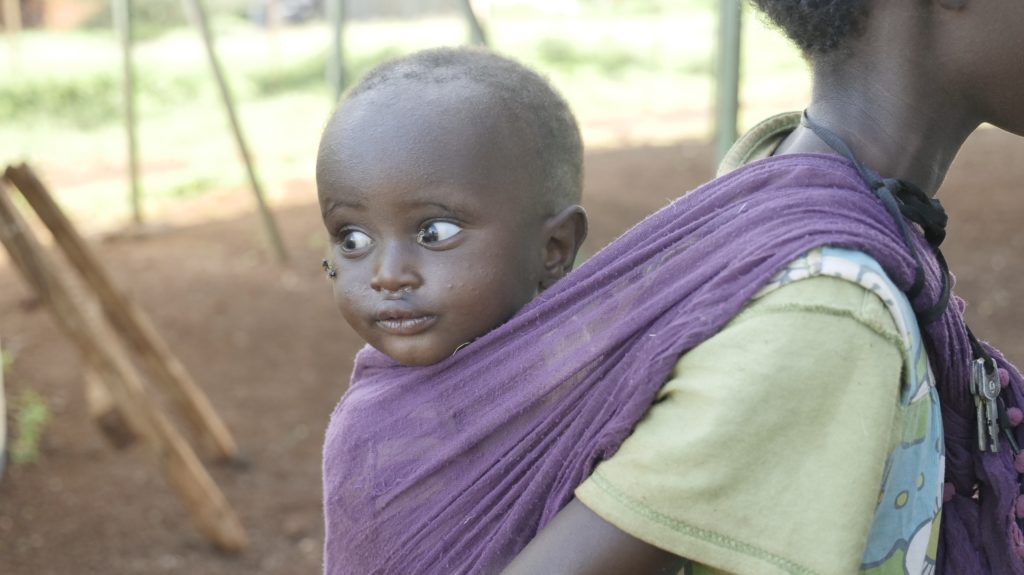I WANT TO TELL YOU A STORY...

Hello, I’m Jonathan Perkins. In 2019 I traveled to Nairobi to film a documentary about a business that provides solar lights to the people in Kenya. These lights replace dangerous and expensive oil lamps and provide light to families who would otherwise be in the dark. Working in Kenya was a life-changing experience for me; as an American, I had no real concept of true poverty. The people of Kenya struggle for the most basic of human needs – food, water, shelter. And although the solar lights were wonderful, I could see there were more important needs to be met. I started talking to the local people and found what they needed most was opportunity. Opportunity to create their own food to feed their families, and opportunity to create businesses to become self-sufficient. What was needed was a solution that allows those in need to provide for themselves. With this goal in mind, The Kenya Goat Company was born.
The Kenya Goat Company is a 501c3 Charitable organization that provides life-changing livestock and training to Kenyan families in need. We teach families how to care for their livestock, how to use the livestock to provide food for their families, and how to create ongoing sellable goods such as milk, eggs, and cheese that will help support their families.
When you purchase livestock for a family, you are giving the gift of self-sufficiency and helping to close the door on a cycle of poverty.

LIVESTOCK
Livestock plays an important economic and cultural role for the well-being of the Kenyan people. Food supply, income, employment, soil fertility for crops, and many other benefits come from livestock. Once the livestock starts providing for the families in need, they can begin providing for themselves.
We focus on the five types of livestock that yield the best results for self-sufficiency and business development:
- Chickens
- Goats
- Cows
- Pigs
- Beehives
COSTS & EXPENSES
There is a minimum amount of each type of livestock needed to reach the tipping point of profitability and self-sufficiency for families.

For every dollar you donate, more than 70 cents goes directly to purchasing livestock. The remaining 30 cents goes to educating families that have received livestock, distribution of the livestock, and administrative expenses. We purchase from local Kenyan businesses whenever possible to further support the local economy.

PHASE SYSTEM
Our intention is to provide the means and the knowledge for families to support themselves; we then move on to help other families in need. We do this by instituting a three phase system.
Phase One
Owning and raising livestock is an important part of the economy of Kenya. Milk from goats and cows, eggs from chickens, honey from bees – these can all be sold. So once a family owns livestock, they can begin to provide for themselves. However, acquiring livestock can be costly. That’s where we come in!
Your donation is allocated to our local team in Nairobi. We have identified families in need, and we use the donations to purchase livestock that is given to them.
After a family receives a livestock donation from you, our team educates them on how to raise and care for their animal, and how to turn it into a business. We provide training before, during and after the livestock donation.
Phase Two
Three months after the livestock has been donated and the families receive their education, we check back with them to see how they are progressing. (Our education efforts are continuous throughout all phases.) Then, the families are given savings accounts at a credit union. The money they make from their livestock business is invested into their account, where it can begin to earn interest. These savings can also be used as a basis to access financing for other things like children school fees, medical insurance, asset acquisition etc.
Phase Three
Six months after a family has received their livestock donation, their lives are truly changed. They now have the knowledge to care for their livestock, are making money selling the surplus, and are building wealth by investing the profits into their credit union account.
A component of living in community is supporting and helping one another. Community support happens with our finances as well. Ten percent of the money invested into each family’s credit union account is reinvested into a general account, which is then used for purchasing livestock donations for other families in need. The givee becomes the giver.
